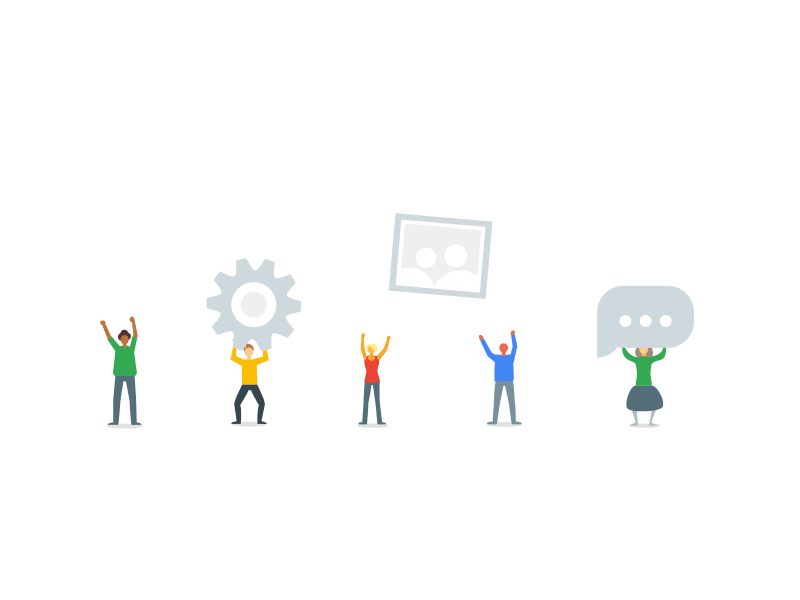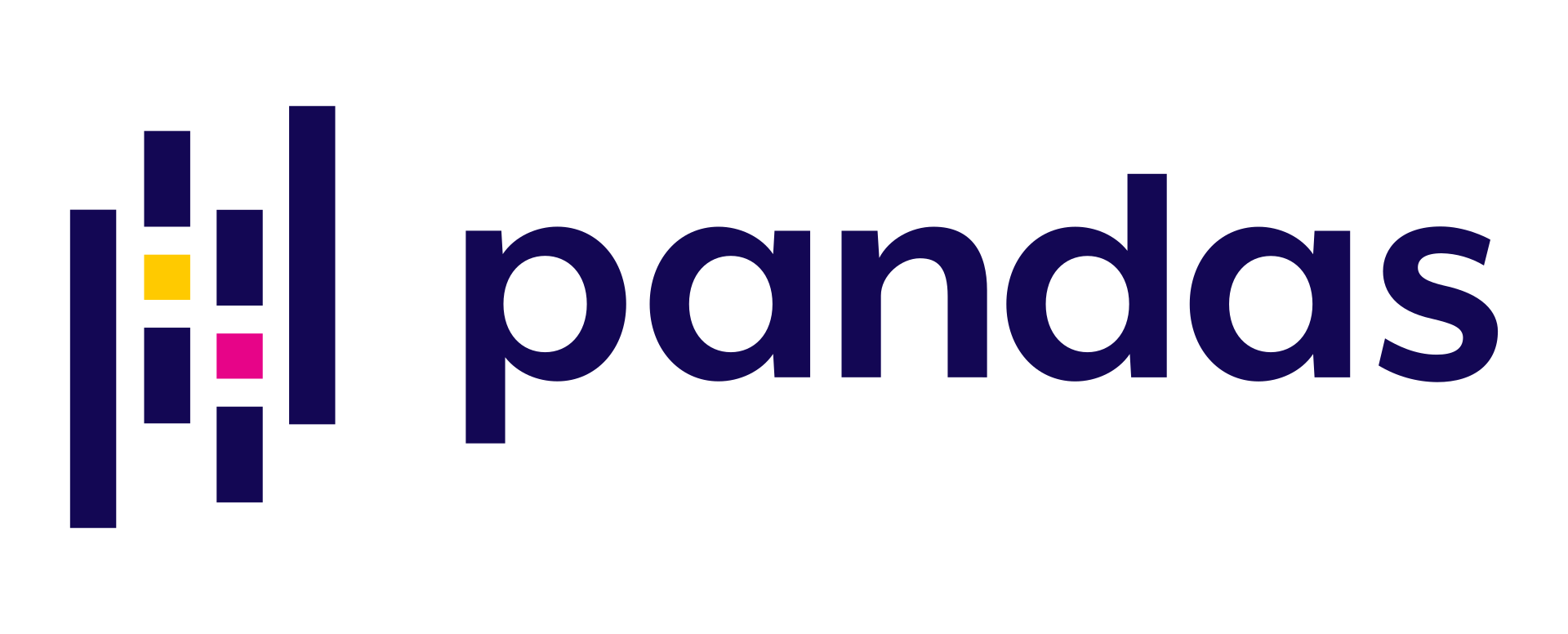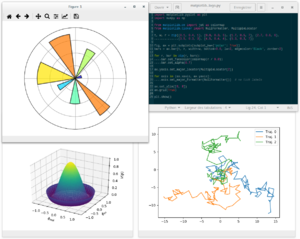The big technology trend is to make systems intelligent and data is the raw material.

pip install numpy pandas scipy matplotlib scikit-learn seaborn
 Python is a popular and powerful interpreted language. Unlike R, Python is a complete language and platform that you can use for both research and development and developing production systems. You will use this to write your code.
Python is a popular and powerful interpreted language. Unlike R, Python is a complete language and platform that you can use for both research and development and developing production systems. You will use this to write your code.
 Jupyter Notebook is an open-source web application that allows us to create and share codes and documents.
Jupyter Notebook is an open-source web application that allows us to create and share codes and documents.
 NumPy is the foundational library for scientific computing in Python, and many of other libraries use NumPy arrays as their basic inputs and outputs. In short, NumPy introduces objects for multidimensional arrays and matrices, as well as routines that allow developers to perform advanced mathematical and statistical functions on those arrays with as little code as possible.
NumPy is the foundational library for scientific computing in Python, and many of other libraries use NumPy arrays as their basic inputs and outputs. In short, NumPy introduces objects for multidimensional arrays and matrices, as well as routines that allow developers to perform advanced mathematical and statistical functions on those arrays with as little code as possible.
 Pandas adds data structures and tools that are designed for practical data analysis in finance, statistics, social sciences, and engineering. Pandas works well with incomplete, messy, and unlabeled data (i.e., the kind of data you’re likely to encounter in the real world), and provides tools for shaping, merging, reshaping, and slicing data sets. (and if you are thinking that there are python and pandas in Data Science, wait there is also anaconda which will require a separate tutorial).
Pandas adds data structures and tools that are designed for practical data analysis in finance, statistics, social sciences, and engineering. Pandas works well with incomplete, messy, and unlabeled data (i.e., the kind of data you’re likely to encounter in the real world), and provides tools for shaping, merging, reshaping, and slicing data sets. (and if you are thinking that there are python and pandas in Data Science, wait there is also anaconda which will require a separate tutorial).
“Series” — one-dimensional

“Data Frames”, two-dimensional

When you want to receive a new Dataframe from these two types of structures, as a result you will receive such DF by appending a single row to a DataFrame by passing a Series:

 scikit-learn builds on NumPy and SciPy by adding a set of algorithms for common machine learning and data mining tasks, including clustering, regression, and classification. As a library, scikit-learn has a lot going for it. Its tools are well-documented and its contributors include many machine learning experts. What’s more, it’s a very curated library, meaning developers won’t have to choose between different versions of the same algorithm.
If you want to see all the algorithms that scikit learn provides, go to their official website.
scikit-learn builds on NumPy and SciPy by adding a set of algorithms for common machine learning and data mining tasks, including clustering, regression, and classification. As a library, scikit-learn has a lot going for it. Its tools are well-documented and its contributors include many machine learning experts. What’s more, it’s a very curated library, meaning developers won’t have to choose between different versions of the same algorithm.
If you want to see all the algorithms that scikit learn provides, go to their official website.

 matplotlib is the standard Python library for creating 2D plots and graphs. It’s pretty low-level, meaning it requires more commands to generate nice-looking graphs and figures than with some more advanced libraries. However, the flip side of that is flexibility.
With a bit of effort you can make just about any visualizations:
matplotlib is the standard Python library for creating 2D plots and graphs. It’s pretty low-level, meaning it requires more commands to generate nice-looking graphs and figures than with some more advanced libraries. However, the flip side of that is flexibility.
With a bit of effort you can make just about any visualizations:



And coffee's on me ☕.